This week, Latinos and Latinas will take a moment to reflect on their rich cultures and how those cultures define who they are in America during National Hispanic Heritage Month, which began yesterday, Sept. 15, and will run through Oct. 15. Each year, Americans whose ancestors come from Spain, Mexico, the Caribbean and Central and South America celebrate their histories and contributions to society.
In San Angelo, Latinos/as prepared to celebrate in their own way. Many people will go out to the annual Fiesta Patrias this weekend, an event hosted by the Southside Lions Club at the El Paseo de Santa Angela. To mark the first day of Hispanic Heritage Month, however, Angelo State University’s Multicultural Center held its own celebration in the Houston Harte University Center Tuesday from 11 a.m. to 1 p.m.
Students, staff, faculty and visitors got to enjoy an environment filled with Merengue, Bachata, and regional Mexican music, along with dancing and Dominican Republic culinary flavors. The Dominican Republic was the focus for this year’s celebration.
“What we do every year is we try to select different part of Latin America to focus on,” said Erika Baeza, who was promoted from assistant director to director of the Multicultural Center this year. “For example, last year was Cuba, and this year, we were researching and we thought why not the Dominican Republic? And what we do is collaborate with AMAS (Association of Mexican-American Students) and also celebrate El Grito de Delores and Mexico Independence Day. We try to make sure that we represent every part of Latin America during September.”
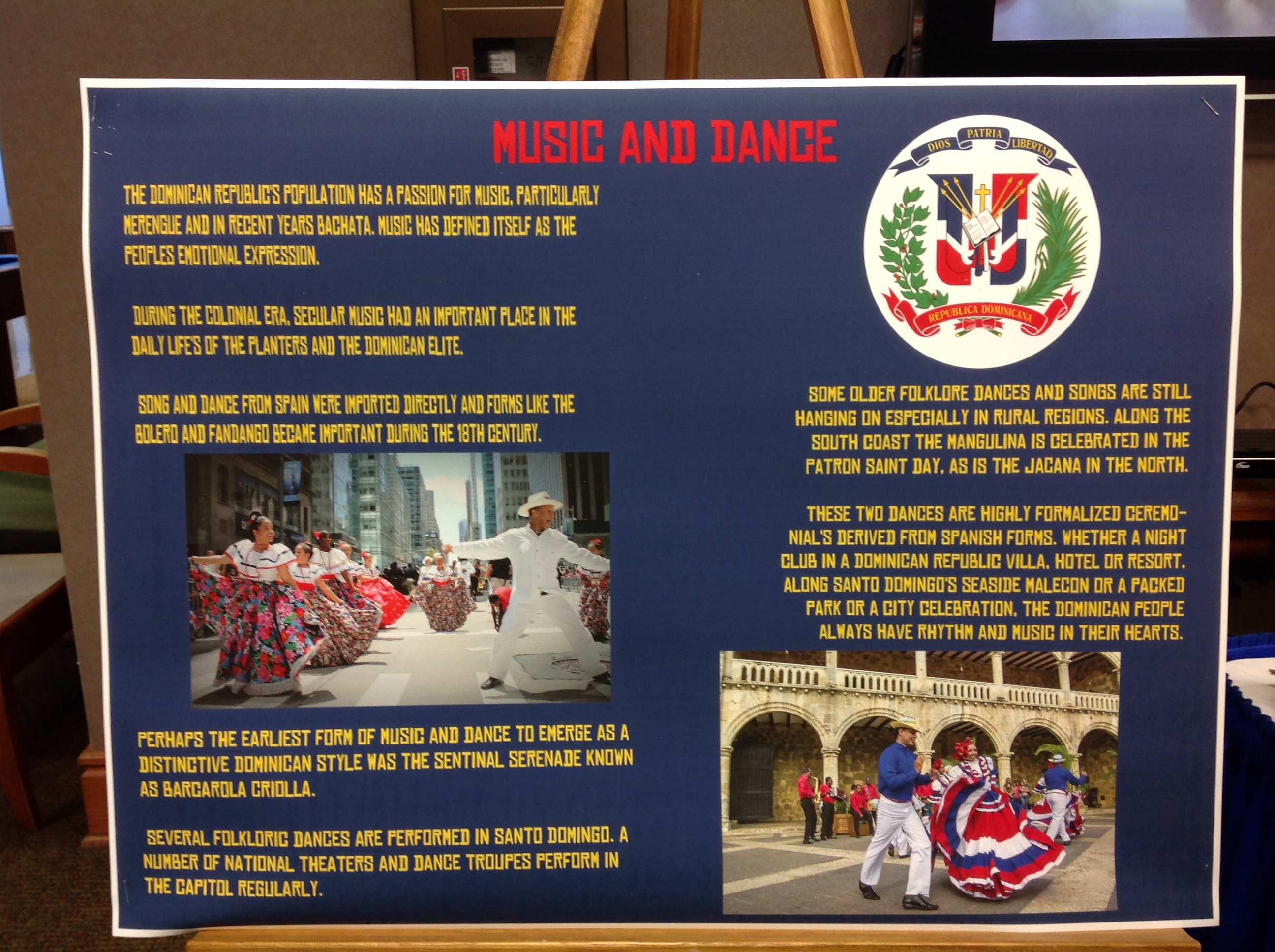
To honor the Dominican Republic, Multicultural Center Staff and students set up tables that highlighted specific aspects of the culture, including music, historical overviews and art. Students got to paint Dominican Republic Taino Symbols onto hard clay. These Symbols are historical artifacts of the words used by Taino Indians. Originally, the country was the ancestral home of this group, so Taino Symbols are a common theme in Dominican Republic art.
Also, Claudia Garcia, originally a Durango, Mexico native who previously lived in Brownsville, Texas and moved to San Angelo three years ago with her husband and children, donned a traditional dress from her country and entertained the crowd with traditional Folklorico dance routines from Mexico. Not to mention, visitors got to enjoy various Dominican Republic dishes cooked by Chartwells.
As for El Grito de Delores, or the Cry of Dolores, this was the battle cry by Miguel Hidalgo y Costilla, a Roman Catholic Priest, that sparked the beginning of the Mexican War of Independence on Sept. 16, 1810. According to the Hispanic Heritage Month website, September 15 is significant because it’s the anniversary of independence for many Latin American countries, including Costa Rica, El Salvador, Guatemala, Honduras and Nicaragua. Mexico and Chile celebrate their independence days on September 16 and September 18.
These parts of history are important because American students from these cultural backgrounds can experience their roots, said Baeza.
“The patriotism is still there, and the students and the people see a little bit of their culture, and that brings it home for them even if they spent their entire lives here in the U.S. It brings a little bit of home to their heritage,” Baeza explained. “They remember their ancestors. Bad things are going to happen in the world, but people will continue coming back to their roots and they’re really proud of them.”
Beyond the pride, however, Baeza said she hopes those students who attended the event learn something new about a culture that is different from theirs. Many non-Hispanics, and many Hispanics in this region, don’t realize there are many differences between the various Latin American groups.
She said, “Most of us have a Mexican American background, and I say mostly because there’s a lot of people from different countries here at ASU; [this event] provides that education, and it provides the energy to see and to do things that are a little bit different. You have a culinary experience, and I think it’s really important that we learn more about our Latin American roots, and that we can thrive in that pride that we have.”
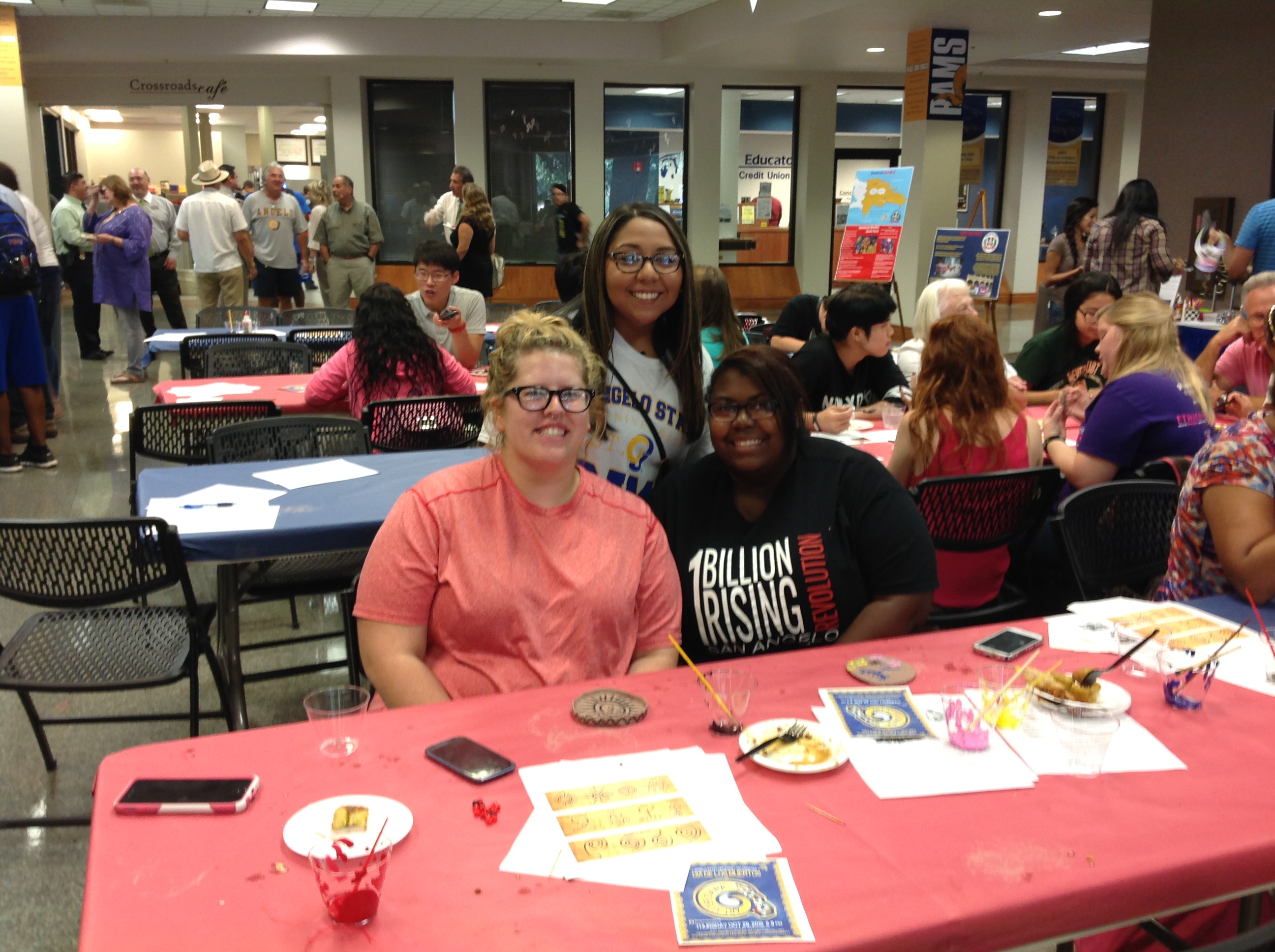
For three students who attended the event, the did learn something new.
Allison Pruitt, Ty McGruder, and Kassia Jaramillo, all seniors at ASU in the field of Social Work, said they thought the event “really cool,” and they liked the music, the dancing, painting archaic symbols on clay, and of course, the free food.
“It’s really cool. I mean it was good because I don’t do food like this on a normal basis,” Jaramillo said.
“Yeah, we were on our way to Chick-fil-A for lunch,” McGruder added.
“I actually like [the food]. I’m Mexican but I don’t like Mexican food,” Jaramillo continued. All three girls laughed when she said that, especially Pruitt.
“That’s my favorite food!” she exclaimed. As for Dominican Republic cuisine, Pruitt said, “It was different. It was good. I like the spices of it, but I like spicy food.”
Pruitt said, after experiencing the event, she wouldn’t mind living in the Dominican Republic. “I would want to live in the Dominican Republic because I want to eat good food, listen to good music, paint, make clay and have fun all day,” she added.
As for McGruder, she said, “Give me one of those dresses, and I’ll dance my butt off all day! Those dresses are awesome.”
McGruder, of course, referred to Garcia who put on three different routines for the crowd. McGruder and the other visitors’ responses were what Garcia had hoped for.
“[These dances are] from different countries like Africa, and they have Spanish influences and Caribbean influences. For example, the dance I just did has Flamenco, which is mainly influenced by Spanish culture,” Garcia said about the second routine. “I think these dances bring [the people] a lot of joy, and for the people who are deep rooted in their cultures, it makes them remember a lot of joyous things from their childhood.”
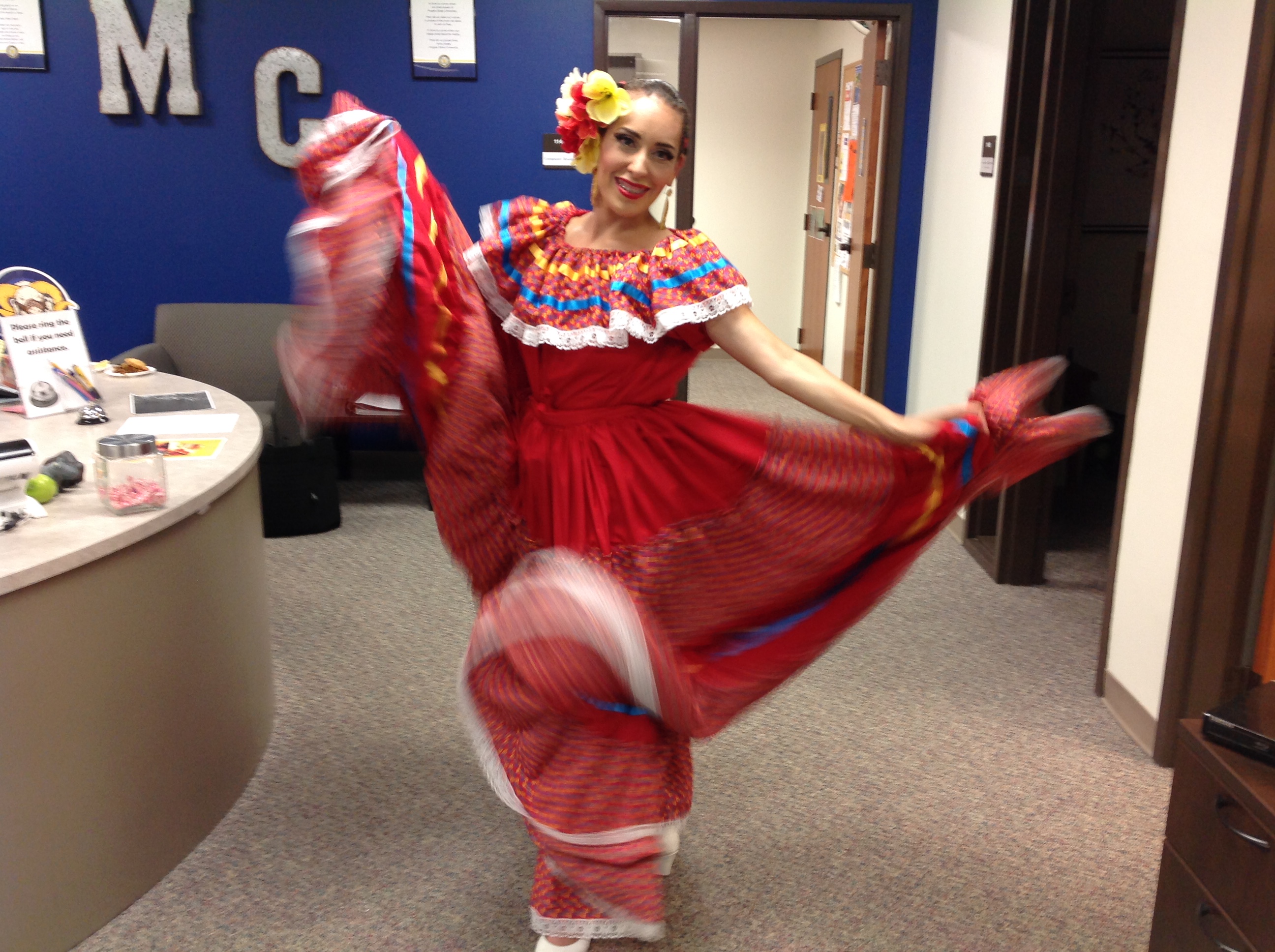
Garcia, a stay-at-home mom who used to be a surgical technician in Brownsville, but now enjoys spending time with her children, said she’s been dancing since 2003. She loves performing, and said she’s available to perform for any occasion. She also offers lessons, and is accepting students in San Angelo. For the time being, however, she enjoyed sharing her passion in honor of Hispanic Heritage, and as she danced her last dance, the Sinaloa Folklorico, which she explained is known for its bold music that represents the pride and joy of its people. Sinaloa, she said, is a “very rich state,” and people could see that in the color of the dresses and the music.
“That’s what I’m trying to portray,” she said. Based on the crowd’s reaction after that dance, and McGruder’s comments, she succeeded.
Baez said Garcia and the entire event were a result of a group of ASU students’ hard work, and she was proud of how things turned out.
She said, “We have a group of students called MAC (Multicultural Advisory Council), and what they do is choose specific activities they would like to see, and they also go through a menu and pick out what it is they would like to have represented at the program. Chartwells cooked the food. They did a really great job bringing those flavors and different menus.”
One resident critic of Dominican Republic descent, Professor Ingrid Russo with the Social Work department, and who happens to have worked with Pruitt, McGruder and Jaramillo during their studies, said the food was great, but she would have done a few things different.
She said, “The platanos, you fry them. They taste better. I know the students would have liked them better if they were fried instead of boiled. The bean dessert, the Habichuelas con Dulce, you have to take out the beans because people get put off by that.”
Other than those minor things, Russo said Chartwells did a great job representing the foods common in her culture. She also said the main Dominican Republic staple people can try is Sancocho, a soup with different types of meats and vegetables.
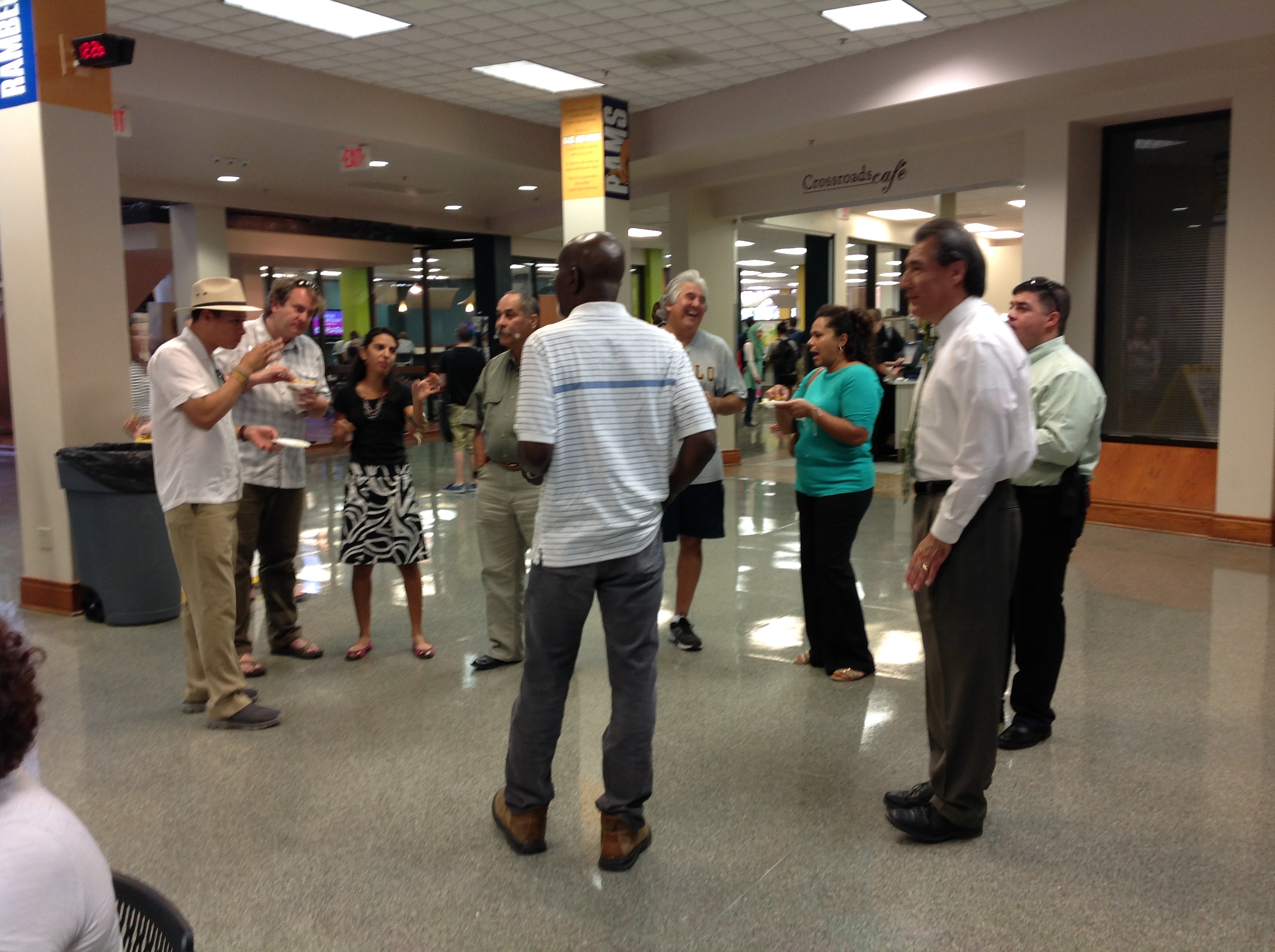
Overall, Russo said she was happy the Multicultural Center chose to represent her family’s country to people in a region where Mexican and Mexican American culture dominate. She also said she hopes people now understand the diversity and richness of the Dominican Republic.
“I hope people learn that we are a varied culture,” she explained. “We have so many ethnicities and so many different countries that make the Dominican Republic. Like for example, in my family, my ancestors are from France, Italy and Spain. We are a rainbow. It’s beautiful just to know about different cultures.”
For the New York native, living in Texas the past 10 years has also been a culture shock for her.
“I guess I’m learning the culture. I’m learning about the Mexican culture. When I was in New York, I was mostly around Dominicans and people from different cultures,” she added.
Learning about the richness of diversity was the goal of the event, Baez stated, and she hoped those people who visited, especially the students, walked away with something valuable.
“I hope they are able to enjoy [our culture] and love it as much as we do, and learn from it,” Baez said. “I know that students are very receptive to diversity, and we’re always trying to do whatever we can so that they get more involved. For example, MAC. It’s not only composed of Hispanic Americans. It’s a group of students from all over and they’re able to say what they think about culture, or what they want represented. It’s a cultural learning experience.”
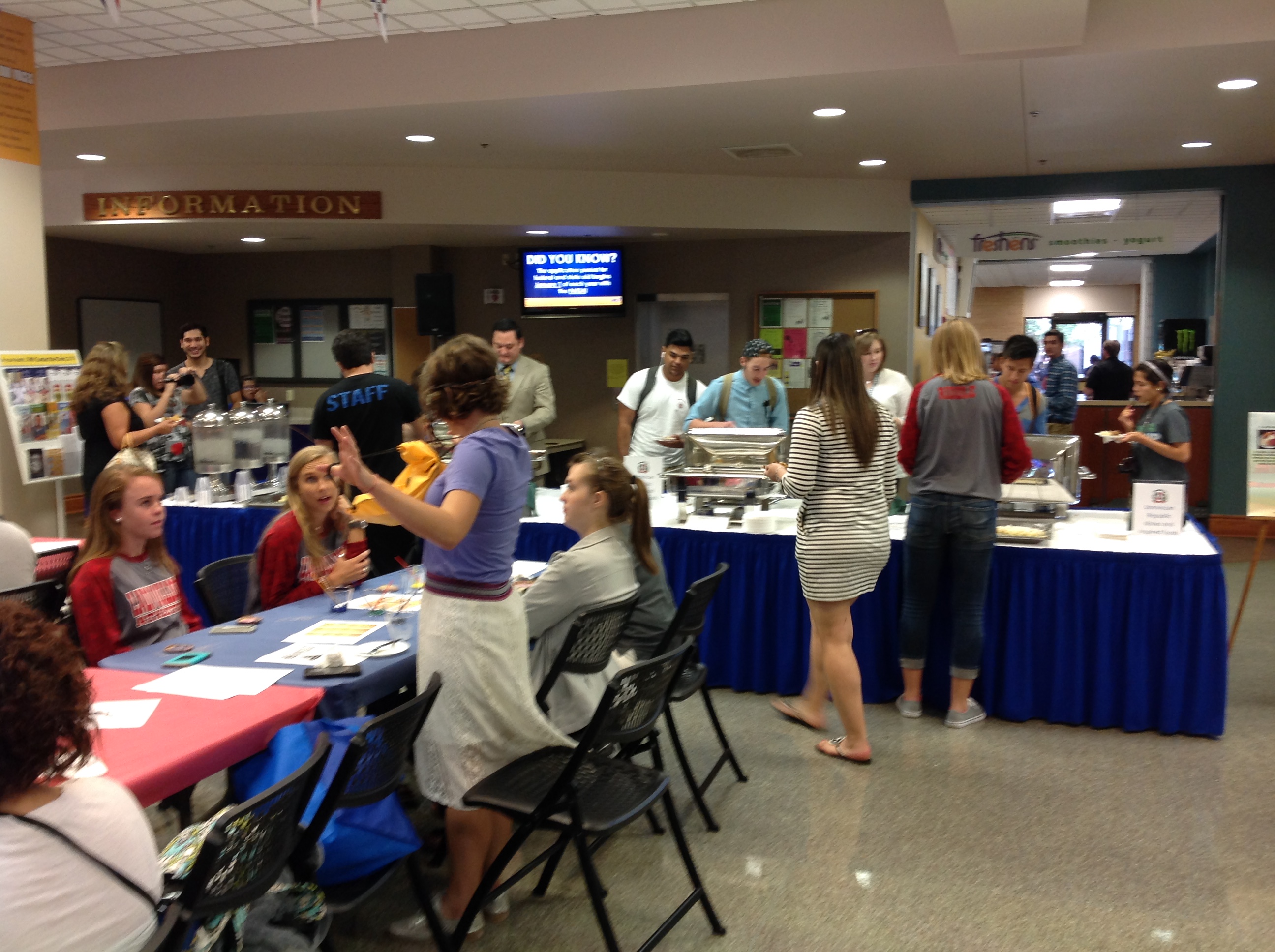
Subscribe to the LIVE! Daily
Required


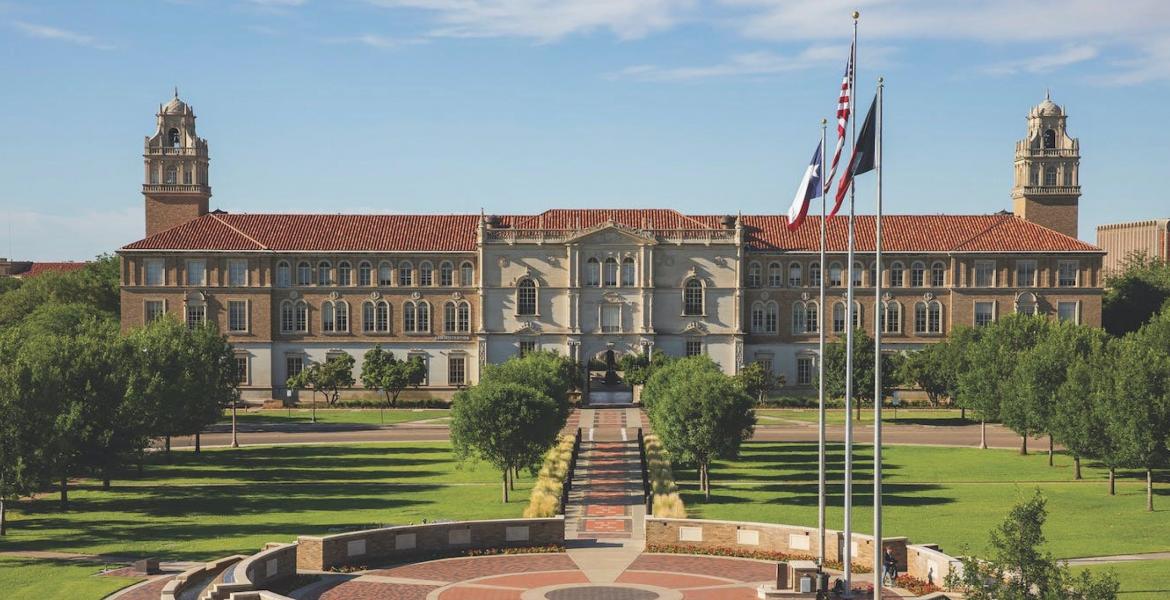
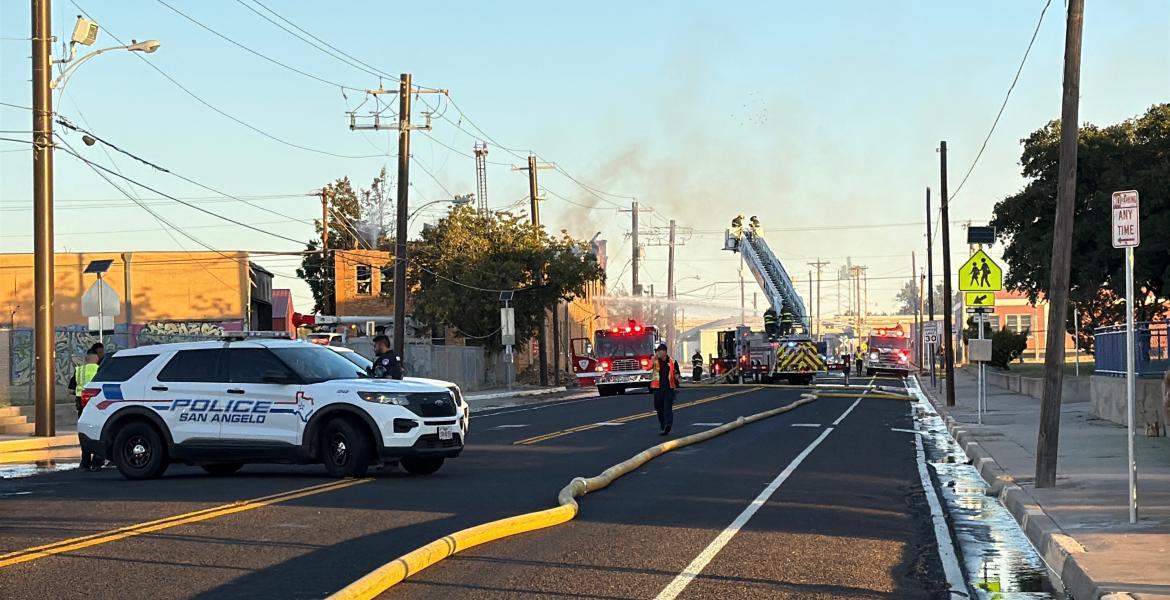
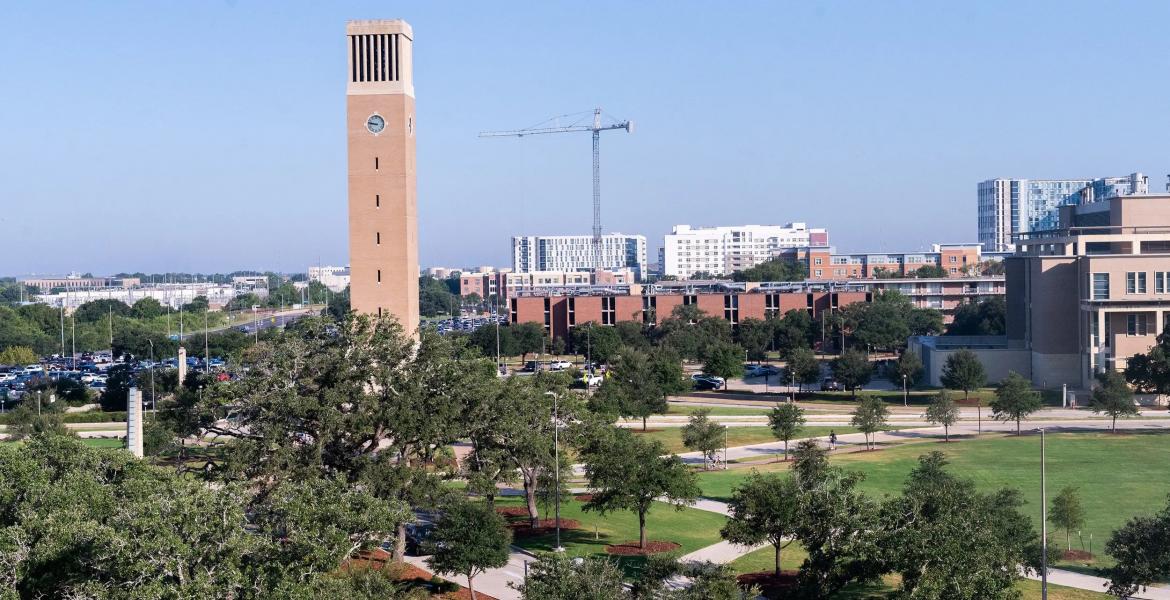

Post a comment to this article here: